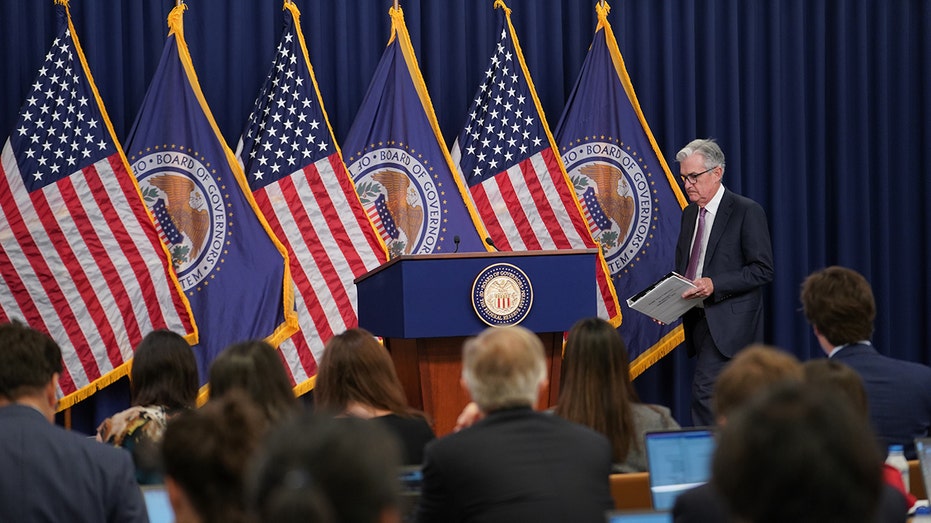Opimas, LLC founder and CEO Octavio Marenzi reacts to the Biden administration downplaying the risk of a U.S. recession on ‘Varney & Co.’
The surprising rally in the U.S. stock market at the start of 2023 is likely to fizzle as the Federal Reserve prepares to defy investor hopes and lift interest rates for the eighth consecutive time, according to Morgan Stanley.
Michael Wilson, the chief U.S. equity strategist at Morgan Stanley and a longtime Wall Street bear, warned in an analyst note on Monday that despite recent market resilience, “reality is likely to return with month end and the Fed’s resolve to tame inflation,”
“We think the recent price action is more a reflection of the seasonal January effect and short covering after a tough end to December and a brutal year,” Wilson wrote.
He has previously suggested the S&P 500 could tumble to 3,000 points by year-end, down about 25% from current levels. The benchmark index already plunged about 19% in 2022.
Stocks have rallied so far this year, with the S&P up about 5% on Monday following several better-than-expected economic reports that suggested inflation is cooling. Other reports, including the December jobs data, have indicated the economy is slowing, fueling hopes that the Federal Reserve will pause its aggressive interest-rate hike campaign earlier than previously expected. The Nasdaq Composite, meanwhile, is up about 9%, while the Dow has surged more than 600 points.
While the relief rally has prompted more investors to participate as they fear missing out, it is unlikely to last long as the slowdown in inflation weighs on corporate earnings, according to Wilson.
“The reality is that earnings are proving to be even worse than feared based on the data, especially as it relates to margins,” said Wilson. “Secondly, investors seem to have forgotten the cardinal rule of ‘Don’t Fight the Fed’. Perhaps this week will serve as a reminder.”
A “Wall Street” sign in New York, US, on Friday, Jan. 27, 2023. (John Taggart/Bloomberg via Getty Images / Getty Images)
He called the recent advance a “bear-market trap,” given that “all the good news is now priced.”
Wilson is not alone in warning that the rally could soon fade: Goldman Sachs analysts said earlier this month the S&P could plunge 22% this year if the economy slides into a recession. Even if there is not a downturn, the Goldman strategists see stocks tumbling another 10%.
Still, Wilson’s note contained a glimmer of hope for investors: He sees the bear market finally ending either later this quarter or early in the second.

Jerome Powell, chairman of the U.S. Federal Reserve, arrives to speak during a news conference following a Federal Open Market Committee (FOMC) meeting in Washington, D.C., US, on Wednesday, Sept 21, 2022. (Sarah Silbiger/Bloomberg via Getty Images / Getty Images)
Fed policymakers already voted to raise the benchmark interest rate seven straight times last year to a range of 4.25% to 4.5%, well into restrictive territory.
Officials also laid out an aggressive path of increases for 2023 and indicated they intend to hold rates at elevated levels for “some time.” Markets widely expect the central bank to approve a 25-basis point rate increase at the conclusion of their two-day meeting on Wednesday.

